While the COVID-19 pandemic has brought the life of humans to a standstill, the rhythm of the cosmic clock has remained the same. The celestial events are happening as expected. One such striking celestial event will be happening on June 21 - annular solar eclipse. It will be visible from India, Africa, including the Central African Republic, Congo, Ethiopia, Pakistan and China. Parts of Europe and Australia would also be able to witness the eclipse. A solar eclipse occurs when the Moon passes between Earth and the Sun thereby totally or partly obscuring the image of the Sun for a viewer on Earth. There are four types of solar eclipses - partial solar eclipse, annular solar eclipse, hybrid solar eclipse and total solar eclipse.
The solar eclipse of June 21 is an annular solar eclipse in which the moon is farthest from the earth. The annular solar eclipse occurs when the Sun, Moon and Earth come in a straight line and almost on the same plane. Since the moon is farther from the Earth, it does not cover the entire view of the Sun resulting in a narrow band of light that appears like a ring of fire. In the ring of fire the sun appears as a necklace of pearls around the moon. Last annular solar eclipse took place on December 26, 2019, which was visible in parts of Southern India.
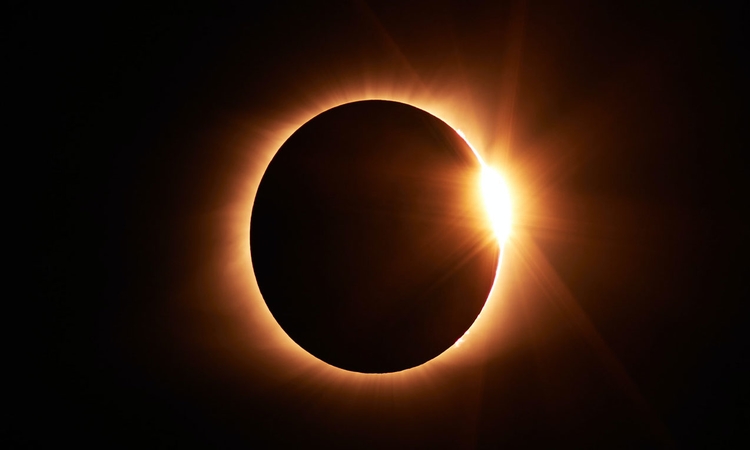
Solar Eclipse 2020 date and time
The eclipse will be annular in some parts of the country where sky gazers will get an opportunity to observe the "ring of fire". However for most parts of the country the eclipse will be partial. The annular solar eclipse would start at 9:15 AM IST (Indian Standard Time) and is expected to get maximum around noon. The Surya Grahan will be visible in India around 12:10 PM IST (Indian Standard Time) on June 21. The path of the annular solar eclipse will start near Gharsana in Rajasthan and the phase of annularity will begin around 12:09 PM. The phenomenon will be visible in parts of North India specifically from Rajasthan, Haryana and Uttarakhand. If you are living in the parts of the narrow corridor of the eclipse then make sure you check out the eclipse on June 21. If you are an avid skywatcher and want to track the accurate path of eclipse then do check out the NASA tracker. This is a big astronomical event for India as the next annular eclipse is expected to take place after 11 years in 2031.
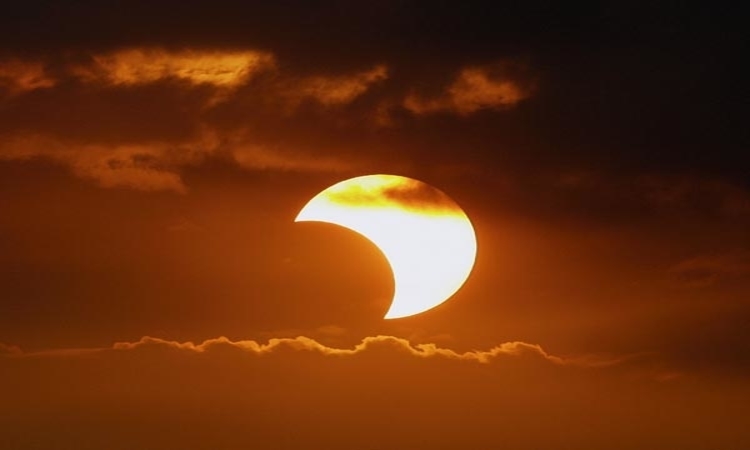
Ring of fire will be visible for one minute from places like Suratgarh, Anupgarh (Rajasthan), Sirsa, Ratia and Kurushetra (Haryana), Dehradun, Chamba, Chamoli and Joshimath (Uttarakhand). Several parts of India like Kolkata, New Delhi, Mumbai, Chennai and Bengaluru will witness the partial eclipse.
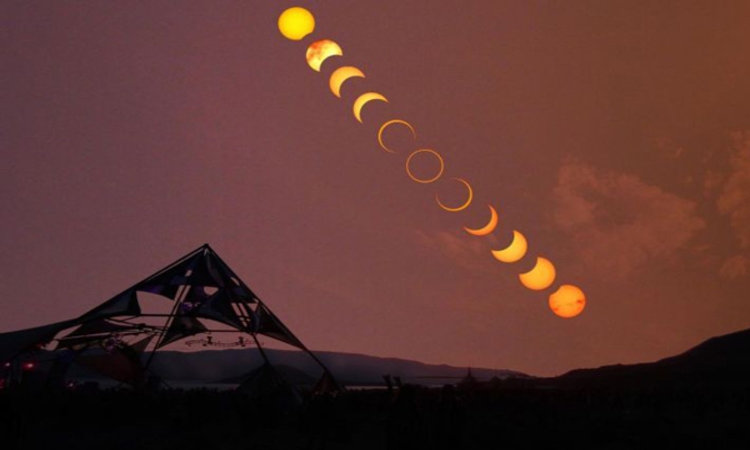
How to watch an eclipse
An eclipse should not be seen through naked eyes. Witnessing an eclipse without any equipment may cause severe or permanent damage to your eyes. It is important to use protective eyeglasses, box projector, binoculars or a telescope to watch the eclipse safely. The easiest way to watch the eclipse is to make a pinhole on cardboard and project the image of the Sun on a white paper or on a wall and observe the progression of the eclipse. You can also use a certified aluminized mylar filter in solar goggles (a type of goggles that are safe for direct solar viewing) or no. 14 welder’s glass to observe the eclipse directly.
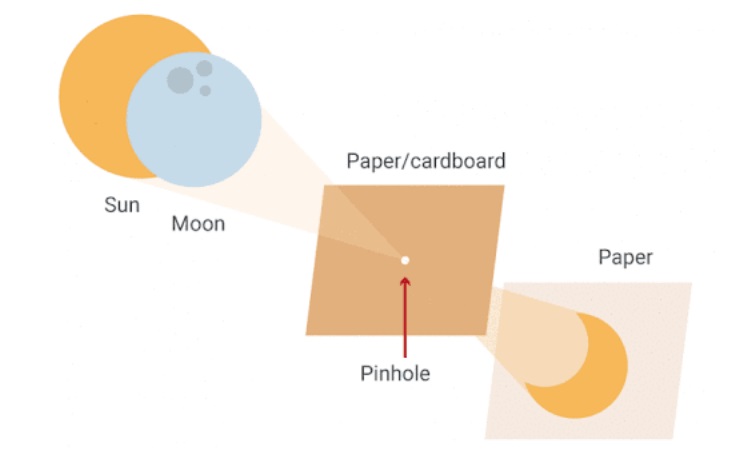
Summer solstice 2020
This June 21 will not be 'just another day'. Apart from the astronomical event - an annular solar eclipse there are a number of events that are lined up for June 21 like father’s day, international day of yoga, world music day and summer solstice of 2020. Summer solstice means that it would be the longest day on the Northern hemisphere. On that day the Sun will end its apparent northward journey from the Equator (called Uttarayan) to shine on the Tropic of Cancer exactly overhead at the local noontime. The summer solstice is also known as midsummers. It happens twice in a year once in each hemisphere (Northern and Southern).
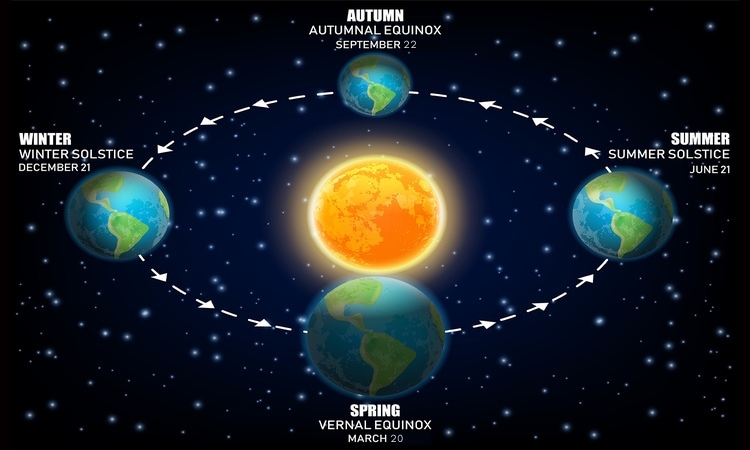
Solstice comes from the Latin word ‘sol’ that means sun and ‘sistere’ means standstill. It usually occurs between 20-22 June and this year the occasion falls on June 21. The summer solstice of June is the longest day in the Northern Hemisphere and the shortest day in the Southern Hemisphere. In several parts of India summer solstice is marked as the beginning of various rituals and festivals.
That’s all folks! Hope you enjoyed reading the blog. For an easy-peasy experience book your train and flight tickets online through Trainman app. Download Trainman App and check PNR Status of the ticket booked, Seat Availability, Train Inquiry and many such spellbound features.

